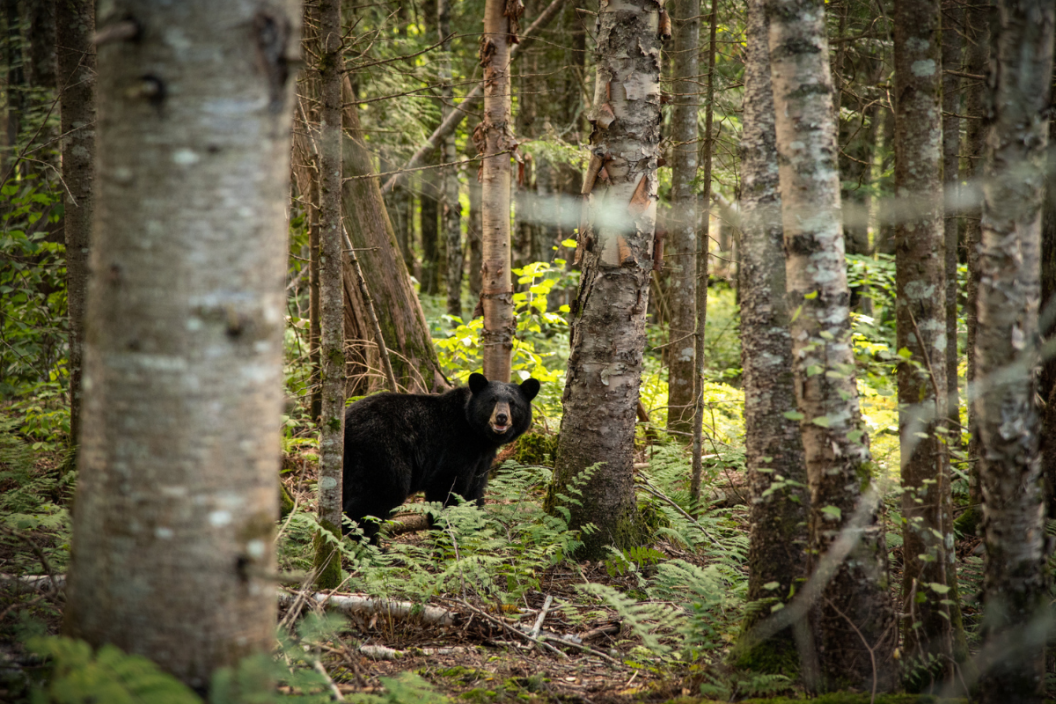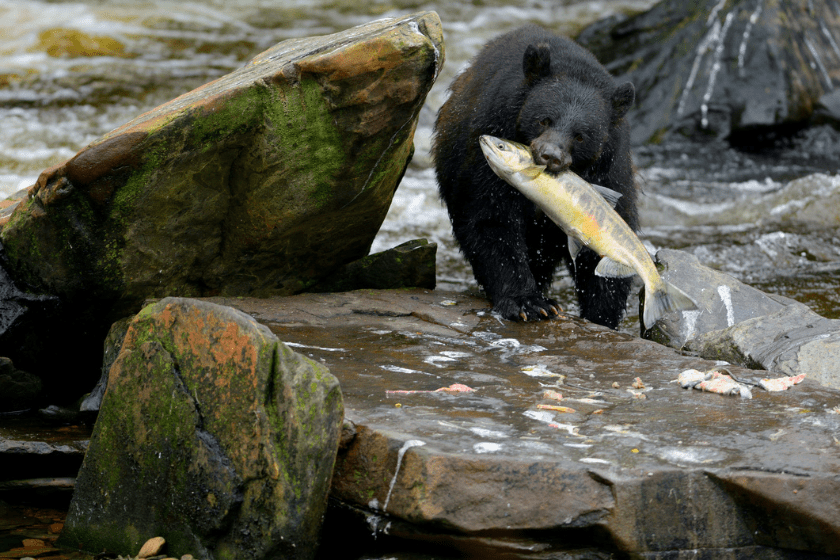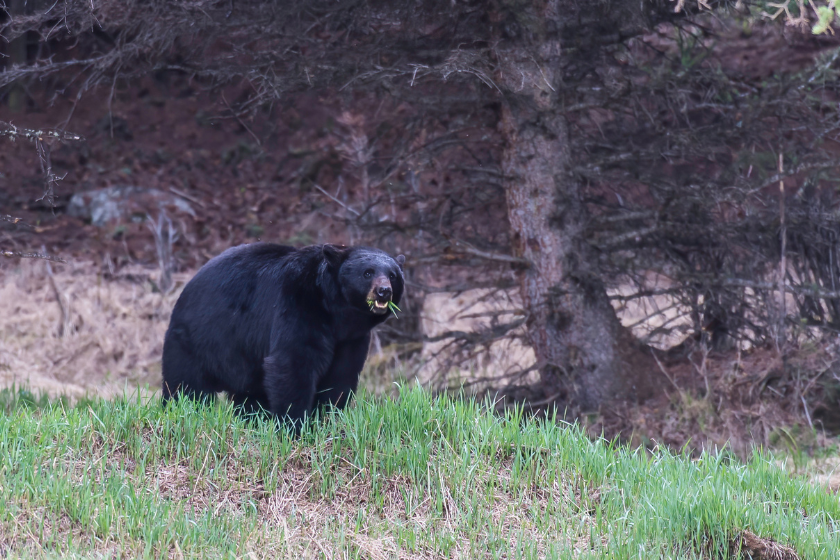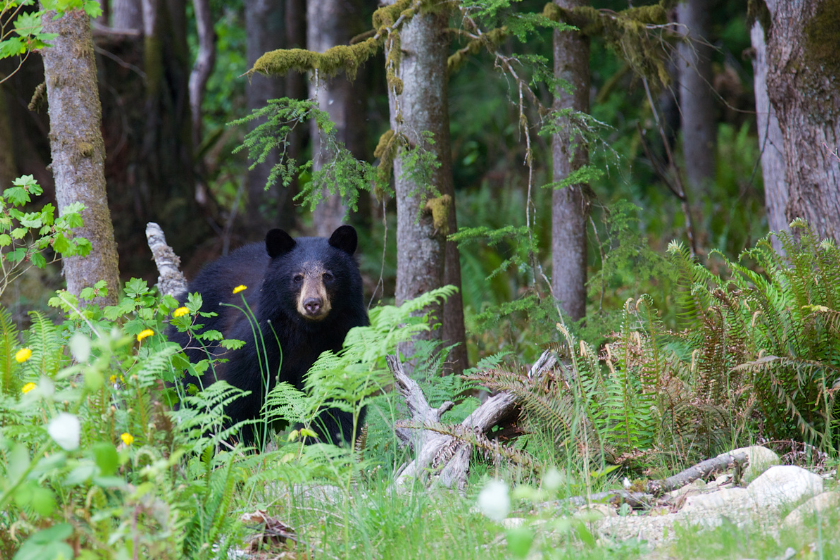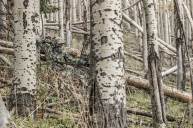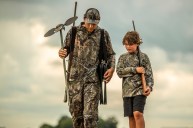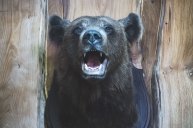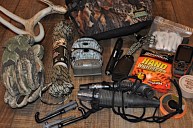In a matter of weeks, I will be headed up to northern New England to pursue black bear with my bow. There is something special about bear hunting with your bow. Not only is the game animal incredibly interesting, but hunting in big timber makes it that much more unique and difficult in its own way. Hunting mountain black bears out west brings its own set of challenges, and harvesting a nice boar in the Rockies is no easy task. But the challenges are slightly different for a big timber bear bowhunt where I'm headed.
While a traditional hunt out west will require large amounts of glassing, hiking, and getting into a stalk position, big timber hunts require more of an ambush approach to get the job done, and this is what makes it so fun. If you're looking to plan a big timber bear hunt with your bow, I've got some tips to help you get fully prepared. Accomplish these things and you'll be on your way to a hunt that you will never forget.
Do Your Homework
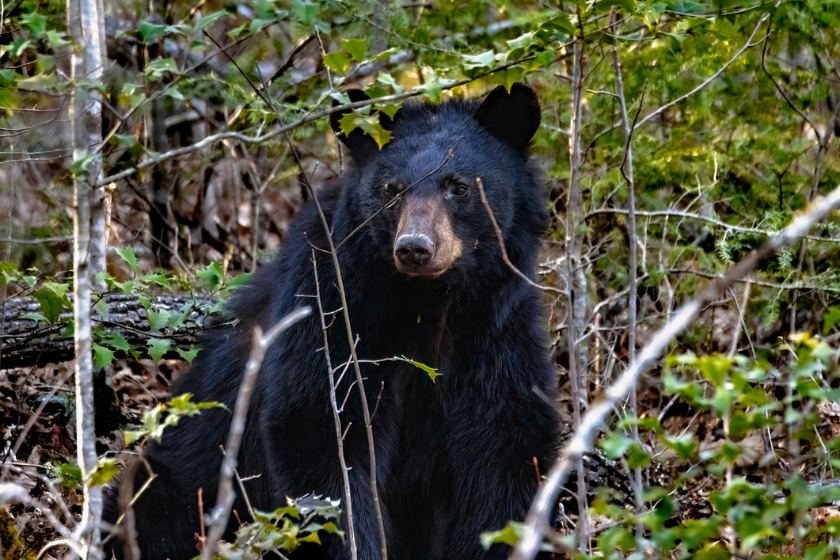
When ambushing black bears, doing your homework and scouting effectively is crucial to your success. If you can find a good waterhole or a primary food source, this is a great place to set up a trail camera. What surprises so many people on their first big timber bear hunt is how sporadic the animal's movement is. Patterning bears is what separates a successful bear hunt from an unsuccessful one, so make sure you are utilizing your trail cams and locating prime areas such as pinch points, funnels, waterholes, and food sources.
Practice, Practice, Practice
It's easy during the offseason to shoot a couple of arrows and call yourself ready for the hunt, but that won't cut it here. Bears are much less predictable than other popular big game animals such as whitetail, and they won't always give you a 20-yard shot. This is where practice becomes vital.
Hunting in the big timber isn't very forgiving, and it's likely that you'll have to shoot around obstacles such as branches or brush, especially at further distances. I like to prepare for this beforehand by practicing challenging shots. For the past couple of months, I have done all of my shooting at 40 to 60 yards. If you can become consistent at these distances and then you're lucky enough to get a 20-yard shot, it will be a chip shot.
Know Your Kill Zone
When I first started hunting bears, I just assumed that I would aim in the same area that I do on a whitetail, tucked behind the front shoulder. I had to learn the hard way that more often than not, this will not prove fatal on a mature black bear. The vitals on a bear sit slightly further back than they do on a whitetail deer, so this is something that you'll have to get used to as you practice shooting before your hunt. A common saying is to aim for "the middle of the middle," but that needs to be slightly adjusted. If you look at a diagram of a bear's vitals, you'll find the best place to aim is middle of the middle, plus about two inches forward.
Invest in Scent Control
If you're an avid whitetail hunter, you already know the importance of practicing scent control. Washing your hunting clothes in scent-free detergent, utilizing ozone, spraying down with field spray, and using the wind to your advantage is probably already part of your routine. For big timber bear bowhunts, you should take what you know about whitetail scent control and multiply it by 10. This isn't meant to scare, but instead to prepare you for just how cautious bears are and how much they rely on their noses to stay alive. Studies have shown that bears have a much stronger sense of smell than that of a whitetail, making it imperative that you take extra precautions, such as always wearing rubber boots, keeping odors off your gear, and carefully walking in and out of your hunting locations.
Practice Your Calling
Predator calling can be extremely effective when hunting black bears and trying to bring them into bow range. Depending on the area, a fawn or calf elk in distress call might work best. Bear cub calls are also very effective and can make a mature sow cover large distances. Remember, bears have a tendency to lose interest very quickly, and move onto something else at random. Because of this, it's important that you call accordingly, using long, drawn out calls that have a high volume. Unlike whitetail or turkey, where overcalling can ruin a hunt, it's hard to overcall for a bear. Calling for 30 minutes with very few breaks between is very normal, so make sure that your lungs are prepared for this ahead of time.
Final Thoughts
If you're already an avid bowhunter, transitioning to big timber bear bowhunts shouldn't be too hard, but it's all in the preparation; make sure to prepare several months in advance to give yourself the best chance of arrowing one of these paranoid mammals.
Use the offseason to brush up on some shooting, focus intensely on your scouting, and invest in some 3D targets to work on hitting the kill zone. While you might not find it necessary to work on your calling, it's always a great tool to have in the situations where the woods are dead and you need to stir up some action. Pay attention to your scent control, and you'll be prepared to have one of the most exciting hunts you have ever been on.
